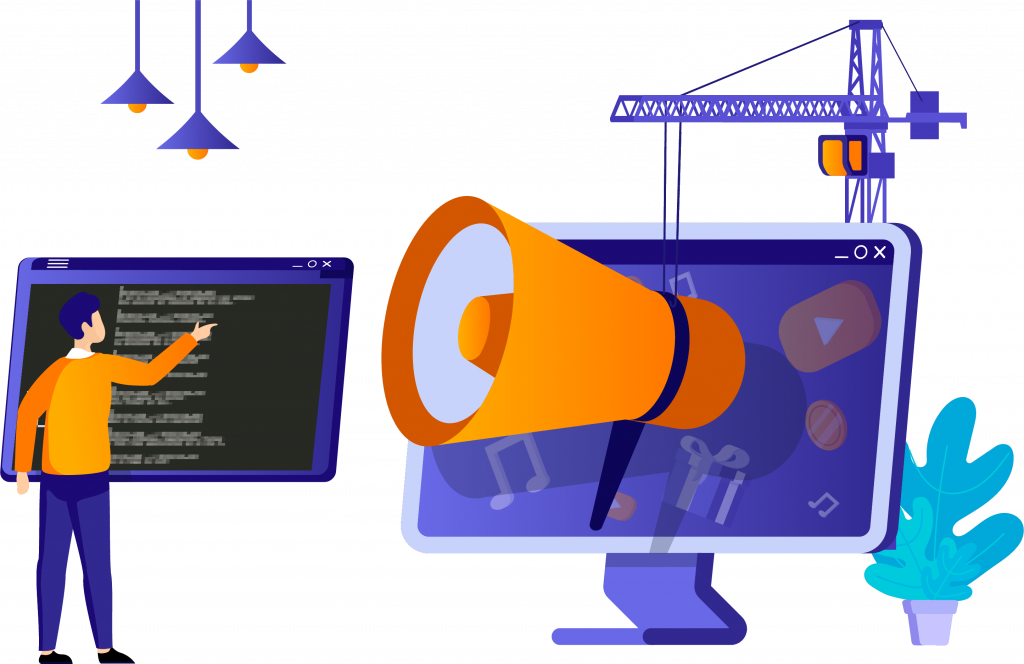Integrating a voice generator into your projects can provide a range of benefits for both you and your audience.
Voice generators use advanced algorithms to convert written text into natural-sounding speech, eliminating the need for manual audio recording and editing. This technology has revolutionized the way audio content is produced, making it faster, more cost-effective, and customizable.
By integrating a voice generator into your projects, you can enhance the user experience by providing engaging and interactive audio content that is tailored to your audience’s needs and preferences. If you want to try the best voice generator API we recommend Woord.
Integrating a voice generator can improve accessibility for individuals with visual impairments or learning disabilities, as well as improve language learning and listening comprehension. In this way, integrating a voice generator into your projects can open up new possibilities for enhancing the accessibility and interactivity of various applications and platforms, such as virtual assistants, chatbots, e-learning tools, and audiobooks.
Why Do We Recommend Woord?
Woord is a service that allows developers to convert text into speech.
This enables you to listen to any text you want and create applications that can read aloud any text; such as news articles, product descriptions, or even animated series scripts. The text can be in any format as long as it’s understandable by computers. It can be plain text, XML, JSON, or even programming code.
The API then processes the text and returns a response in a format that can be used by your application. This response may be in the form of an audio file that you can play back; or a string of commands that you can use to control a voice synthesizer.

How To Integrate Woord‘s Voice Generator Into Your Projects
With Woord, you can bring your applications to life, by adding life-like speech capabilities. For example, in E-learning and education, you can build applications leveraging Woord’s Text-to-Speech (TTS) capability to help people with reading disabilities.
Also, you can use it in announcement systems in public transportation and industrial control systems for notifications and emergency announcements. There are a wide range of devices such as set-top boxes, smart watches, tablets, smartphones and IoT devices, which can leverage Woord for providing audio output.
Another application of this API is in telephony solutions to voice Interactive Voice Response systems. Applications such as quiz games, animations, avatars or narration generation are common use-cases for cloud-based TTS solutions like Woord.
How To Use This API
To convert text into audio with Woord, all you have to do is:
1. Open the API and paste in the text or URL you want to convert to audio.
2. Select the language you want the audio to be in and the speed at which you want it to be read.
3. Once you’ve done that, this API will create an audio file that you can listen to
A Few Of Woord‘s Best Features
Languages
50 voices from 21 different languages. Regional variations are also available for select languages, such as Canadian French, Brazilian Portuguese, and several other languages.
Smart Voice Technology
Using AI technology, our synthesized voices are of the highest quality, emulating human-like natural sounding speech.
Unlimited Audios
Have the freedom to convert any text content you want. Blog posts, news, books, research papers or any other text content.
Create and redistribute
MP3 Download and Audio hosting with HTML embed audio player. This means that you can use audio files in YouTube videos, e-Learning modules, or any other commercial purposes.


